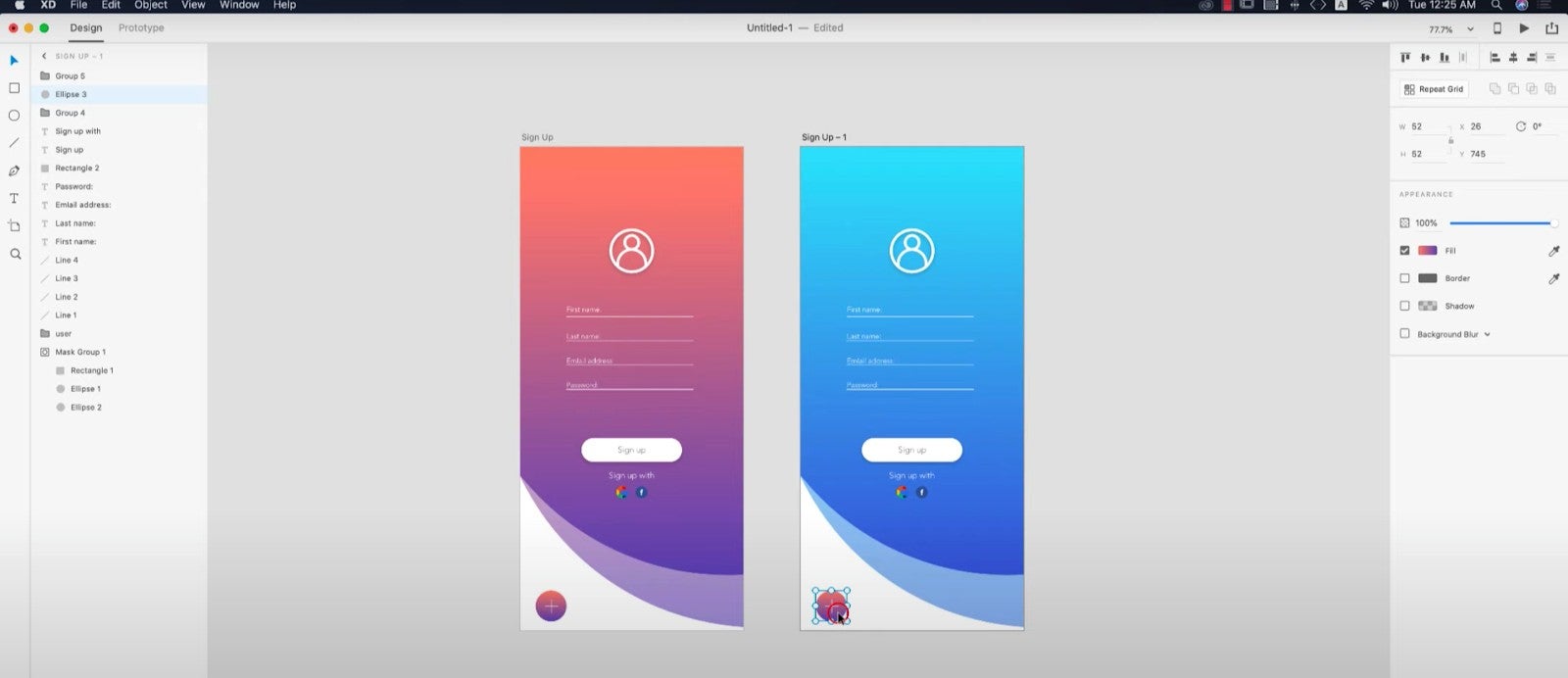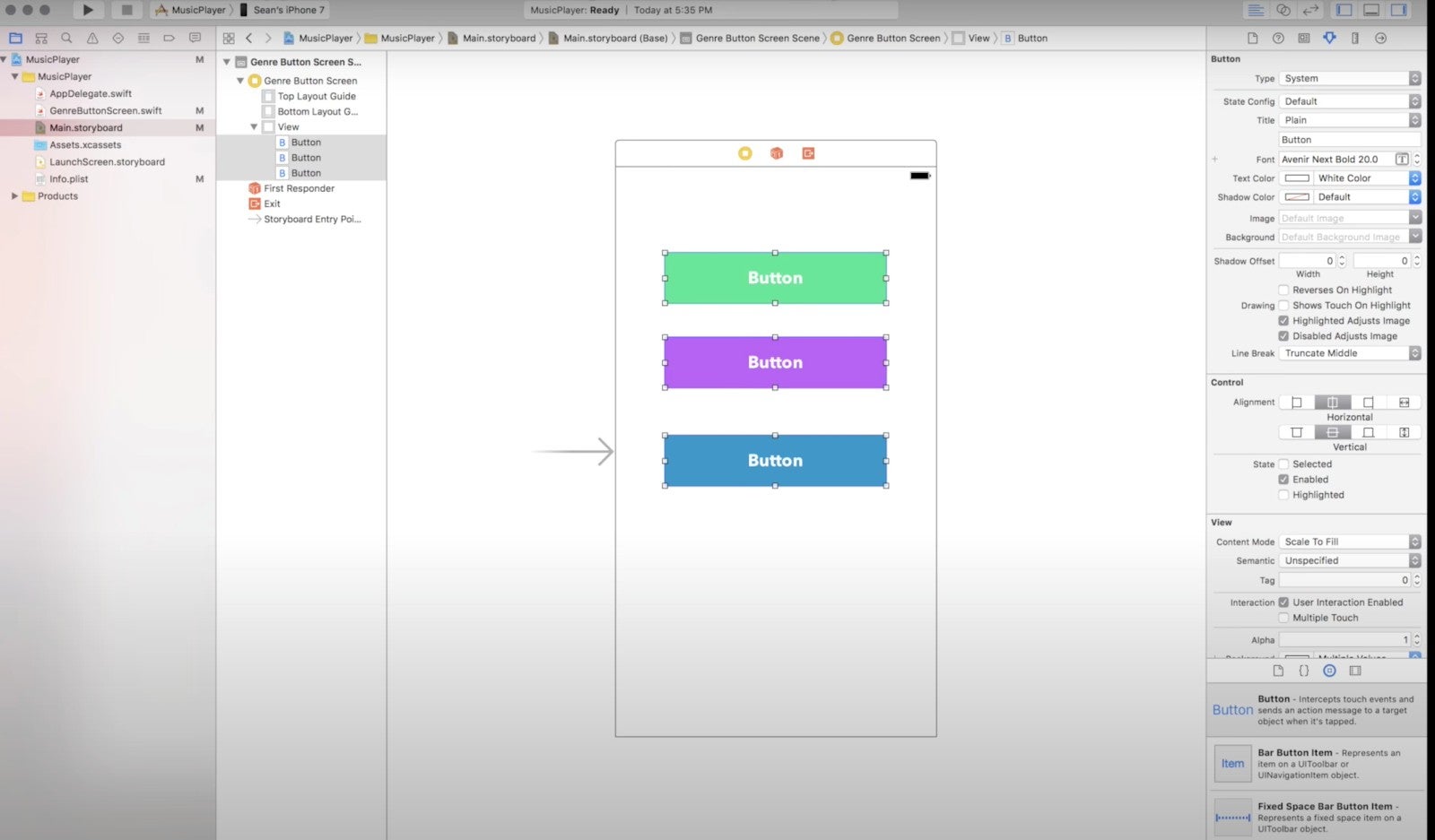An app to make it fit just right
With the majority of states requiring citizens to wear masks in public, it is important that users find a mask that fits properly and that is comfortable to wear, maximizing the mask’s potential in protecting against the virus. We are creating a mobile application that will help the general public use face masks more effectively during the COVID-19 Pandemic. In addition to the proper fit, the app will help combat users forgetting to grab/ put on a mask when they leave their living spaces. Even with a vaccine, masks will most likely be used for years to come. It is crucial that we develop smart and safe practices now. Our Engineering team this semester will be focusing on developing a mobile app designed to aid users to have a properly fitting protective mask. The app will be able to make recommendations based on the users facial features, material preferences, previous discomforts, and existing disabilities. The application will also send reminders to users to wear their masks each time they leave their designated living space.
The Team
MaskMo Application Project
Executive Summary or Abstract
A mobile application is being designed and developed that will help the general public use face masks more effectively during the COVID-19 Pandemic. With the majority of states requiring citizens to wear masks in public, it is important that users find a mask that fits properly and that is comfortable to wear. This will maximize the mask’s potential in protecting against the virus. In addition to the proper fit, the app will help combat users forgetting to grab/ put on a mask when they leave their living spaces.
Problem Statement
With the continuous threat of the CoronaVirus, the wearing of facial coverings has become mandatory in a majority of the United States. Even after the virus has been contained, masks will most likely be used for years to come. It is crucial that we develop smart and safe practices now. Our Engineering team this semester developed a mobile app designed to aid users to have a properly fitting protective mask. The app makes recommendations based on the users facial features, material preferences, previous discomforts, and existing disabilities. The application also sends reminders to users to wear their masks each time they leave their designated living space.
Background Research
Wearing Masks during the CoronaVirus Pandemic:
With the CoronaVirus still a prominent problem, wearing facial coverings has become the new normal. In the United States, the CDC (the Centers for Disease Control and Prevention) recommends “that people wear masks in public settings, like on public and mass transportation, at events and gatherings, and anywhere they will be around other people” [1], by doing so public citizens lower the risk of spreading the virus.
Current Mask complaints and potential solutions:
Our society is still adjusting to wearing masks on a daily basis, and various concerns have arisen. These complaints range from the straps being hard on ears, to glasses fogging up, to not being able to read lips (for the Hard of Hearing community).
For ears, there are a multitude of solutions. Anything from head straps, to headbands with specially placed buttons to hold the straps. These options will take the strain off of the ears, and evenly distribute it around the head. For glasses fogging up, thin strips (of various pliable materials) can be placed across the band of the nose within the mask. This method can seal the air so it does not flow up into the glasses, and distribute the air down to the rest of the mask instead.
For the Hard of Hearing community, there are patterns of masks that have clear hard plastic panels across the mouth area of the mask. The panel is surrounded by a cloth encasement to prevent moisture particles from leaving the mask, just like a regular mask. The panel allows for others to be able to read your lips. However, the downside to this method is that the panel can easily fog up, similar to the glasses problem. This would require for users to constantly clean the inner part of the mask, so that people can see into it.
Solution

Our two different computing languages that we are currently working with are swift and adobe XD. While swift is fairly known in the computing world the adobe software is more of an avenue of design where we can explore color theory Also the adobe software is something that the team. We created some basic designs for the app with available templates.
This software is very versatile and has proven to help us in our creative color ambitions.

For the majority of this code we have been looking at existing open source coding . This is a screenshot of our current swift project.

Safety/Risk Assessment
One potential safety risk with MaskMo could be cyber security. For our early stages of the app, we would want to have users provide as little information as possible (with the exception of an email and basic information), The less attached to the account, the less info any potential hackers have access to. In the later development of the app, any in-app location tracking would have to go through rigorous testing to ensure that the user location is not easily accessible to any other sources besides the app itself.
The second potential safety risk would be in regards to the users health. This app focuses on the prevention of spreading COVID-19, we need to make sure that it is noted frequently that wearing a mask does not fully prevent the user from contracting the virus, but that it prevents others from catching it from the user.
Next Steps
The team developed an initial concept. From here the smart application needs to be debugged and programmed with much more complex algorithms that will enable the user access to location permission settings and communicate with existing applications.
References
[1] “COVID-19: Considerations for Wearing Masks,” Centers for Disease Control and Prevention.
